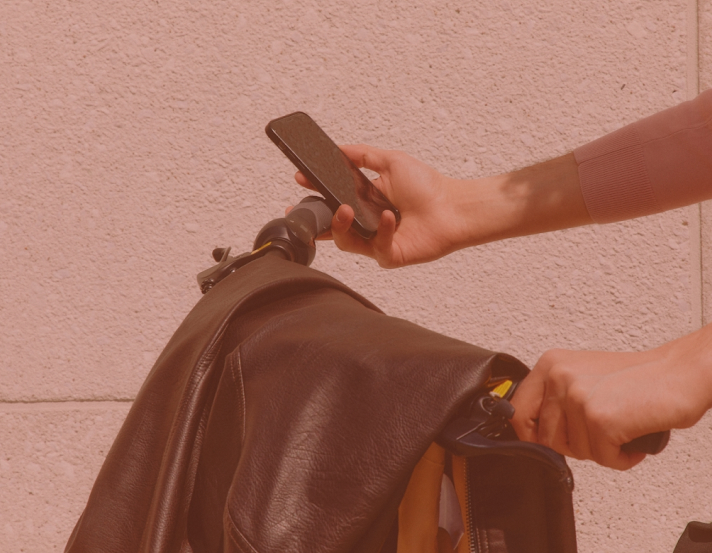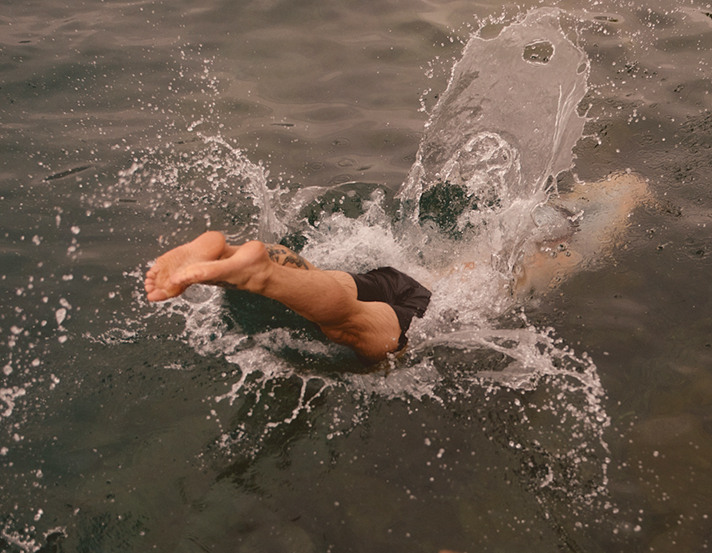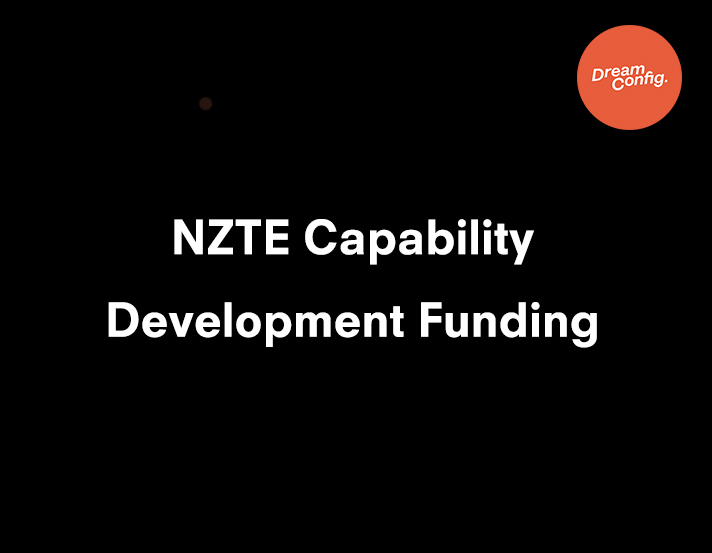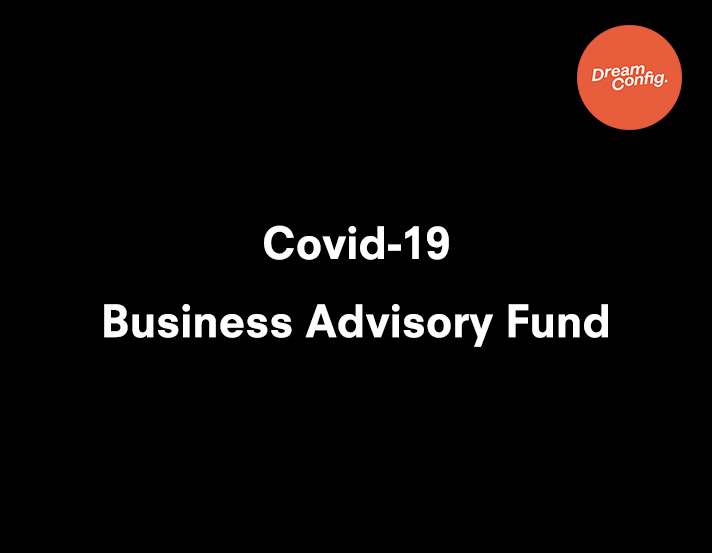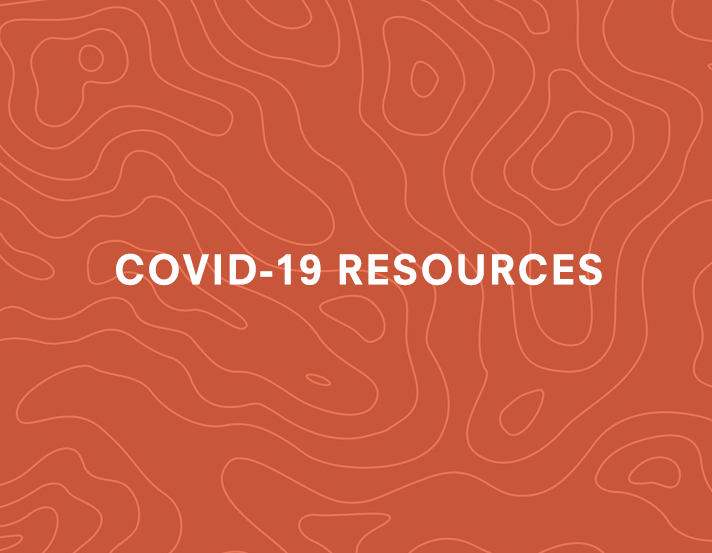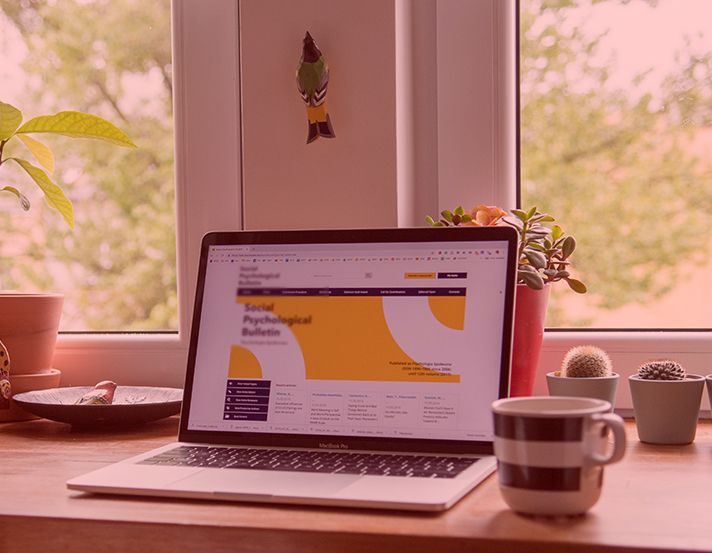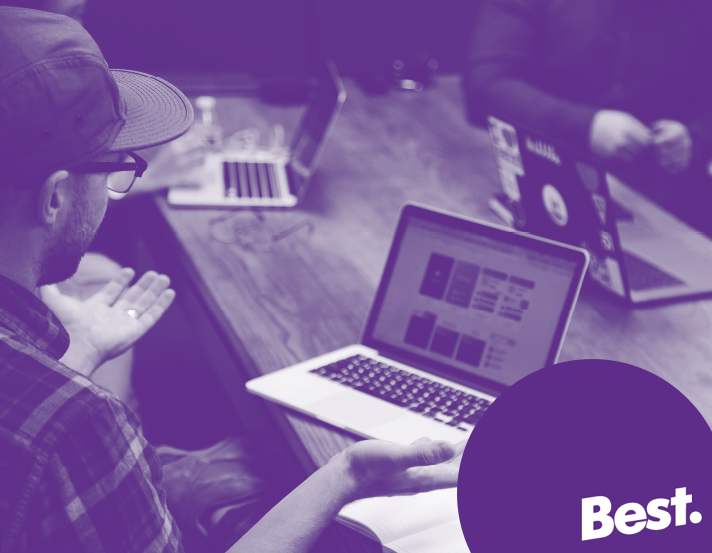Thoughts
After two long years of borders being closed due to Covid-19, New Zealand is once again now fully open.
With the good news comes mixed emotions of excitement and trepidation. The tourism industry in particular has found itself in a difficult yet industry-defining moment in time.
On the one hand, welcoming back international visitors means rebuilding tourism businesses and the tourism industry as a whole, which pre-COVID was New Zealand’s biggest export industry contributing 20.1% of total exports.
On the other hand, the last two years has given the industry a much needed time-out from what many would describe as overtourism, something popular travel destinations like New Zealand have been facing more serveerly in recent years.
As for what the future of tourism will look like, only assumptions can be made. One major difference will likely be how popular travel destinations choose to manage their visitor economies. The lack of overseas guests for the past two years has allowed the tourism industry including RTO’s (Regional Tourism Organisations), businesses and communities alike the chance to pause, reflect and develop ways to create more sustainable outcomes for many of the issues that arise as a result of overtourism.
New Zealand, along with other progressive tourism destinations like Hawaii have been developing what is called a Destination Management Plan. It brings together different stakeholders to achieve the common goal of creating a well-managed, sustainable visitor destination by considering the social, economic, cultural and environmental risks and opportunities within reach.
“Successful destination management planning could potentially deliver enormous benefits for communities, the environment and tourism businesses - Lake Wanaka Tourism general manager, Tim Barke
With a more considered approach to how tourism can thrive comes added pressure for the operators themselves, who are largely responsible for adapting and providing reimagined experiences for their visitors.
Despite being grateful for borders opening back up and having a more strategic approach for managing popular destinations that previously didn’t exist, a large percentage of tourism businesses continue to grapple over staff shortages that are forcing temporary closures, largely due to health concerns, but also because there simply aren’t enough staff to fill shifts when others are out sick.
While few would argue that adopting practices that promote more sustainable living outcomes will benefit everyone involved, it doesn’t change the fact that it will take considerable time and effort to implement them at scale.
Having a positive impact on the environment for example can vary from business to business. It is far more straightforward for a digital nomad to leverage renewable energy to reduce their dependence on fossil fuels than it is for a business that provides tourist transportation services.
Without a mixed bag of support systems, shared knowledge and fundamental behaviour change, it will be difficult to gain the traction necessary to implement a Destination Management Plan effectively at scale. Combine this with the recent upswell of visitors returning to our most treasured destinations that are refuelling businesses that were once dying on the vine and there is a real risk of returning to the status quo, which many industry experts would argue is simply not an option.
So it begs the question: where can councils, operators, communities begin to make change beyond the offerings themselves?
As our culture rapidly shifts, travel behaviours and incentives have also changed. As a result, industry players should be collectively thinking of ways they can align their destinations to support and encourage desired outcomes from both a visitor and place perspective. Global research supports the notion that travellers' interests are now rooted in sustainability, longer stays and authentic opportunities to connect and contribute to a place more intimately.
“Consumers, particularly the younger generation, are much more aware of the impact they have, not only on the environment but also socially and on the communities they live in.” - weforum.org
To support this trend in changing visitor behaviours, we’re already witnessing a shift in approach to how governments organisations like Visit Iceland and NZ Tourism communicate to their audiences online. In New Zealand, the Tiaki Promise was created to help educate visitors on regenerative tourism and travel practices. Tiaki means to care for people and places and urges each individual “to act as a guardian, protecting and preserving our home” (Tourism New Zealand, 2021).
However, it’s not solely a government's job to educate visitors and implement tourism strategies that protect the future of tourism and local communities alike from the negative effects of overtourism. Everyone has a part to play in ensuring that future generations will thrive from the numerous benefits that tourism can provide.
To summarise, here are a few reasons why investing NZ’s greatest export through a lens of regenerative travel makes common sense.
-
Sustainability is already inherent in the things people who visit NZ like to do (hike bike, etc.). Consumer demand in this area is growing rapidly.
- Landscape is part of NZ’s capital asset - if we don’t work to protect it collectively, we’ll lose it and by doing so have nothing to collectively sell.
-
NZ markets itself on 100% pure. This is a growing expectation that NZ will meet that, especially with younger demographics.
So when it comes to taking action on providing a reimagined tourism experience for our visitors that enables future generations to meet our ambitious environmental commitments, investing in digital strategy can support improvements across your entire customer journey.
“Remember that the customer experience is shaped across the entire end-to-end journey, from booking to travel to the return home.” - Mckinsey
Instead of looking at it as being a burden, Regenerative Tourism provides a real opportunity to redefine one's value proposition and make any offering more distinctive, which in turn becomes attractive to a given audience. A good place to start would be finding out where the opportunities exist to make authentic, realistic improvements across brand, operations and communication that aligns with an ideal visitor experience.
To help with the thinking, below are a few learnings based on the visitor experience work we do with our tourism clients across the brand, marketing, web and strategy space:
-
Adapt
-
Align
-
Evolve
Adapt your brand to your visitor needs
-
Before you understand your carbon footprint, consider understating “your why”. Revisit how your audience purchases and experiences tourism in your given area. What motivates them to do so, what are their needs, and how might they be changing due to significant global issues that will directly impact their behaviours and decision making moving forward.
-
Identify the key touch points throughout your customer journey. The different channels (website, social, etc.) can provide opportunities to enhance their overall experience. A few examples include blog posts about recent improvements to the business or an email newsletters surveying the ideal customer experience for when they start travelling again.
-
Incorporate your newfound essence into the brand - core values, customer-centric ethos, logo, colours, typography, key messaging - it all communicates subliminal messages that can further enhance the customer experience.
Align your visitor experience to new-found priorities
-
Determine where your offering aligns with key themes and takeaways from your region's Destination Management Plan.
-
Develop a consistent way of communicating these benefits through existing channels (website, social, etc.).
-
Highlight the importance of working towards something and making progress vs feeling the need to be an expert. No one has all the answers and showing vulnerability is a sign of being open, not resistant to change.
Evolve over time
-
Test and learn - adopt a stepwise approach for learning what works vs what doesn’t. Long term concepts like sustainable development and preserving the ability of future generations can be overwhelming.
-
Leverage partnerships - There is a lot to gain when communities can come together and share resources with one another, such as storytelling and complementary services.
-
Measure outcomes - track what’s working vs what’s not using data-driven decision-making. Having a deeper understanding of your visitors using tools such as Google Analytics will bring further clarity into the next generation of travel.
The recommendations outlined above are only snippets of what early adopters in the tourism industry are already doing to proactively make change within their industry. If you’d like to dig deeper and discuss any of the above concepts further, don’t hesitate to reach out - we’d look forward to hearing from you.





